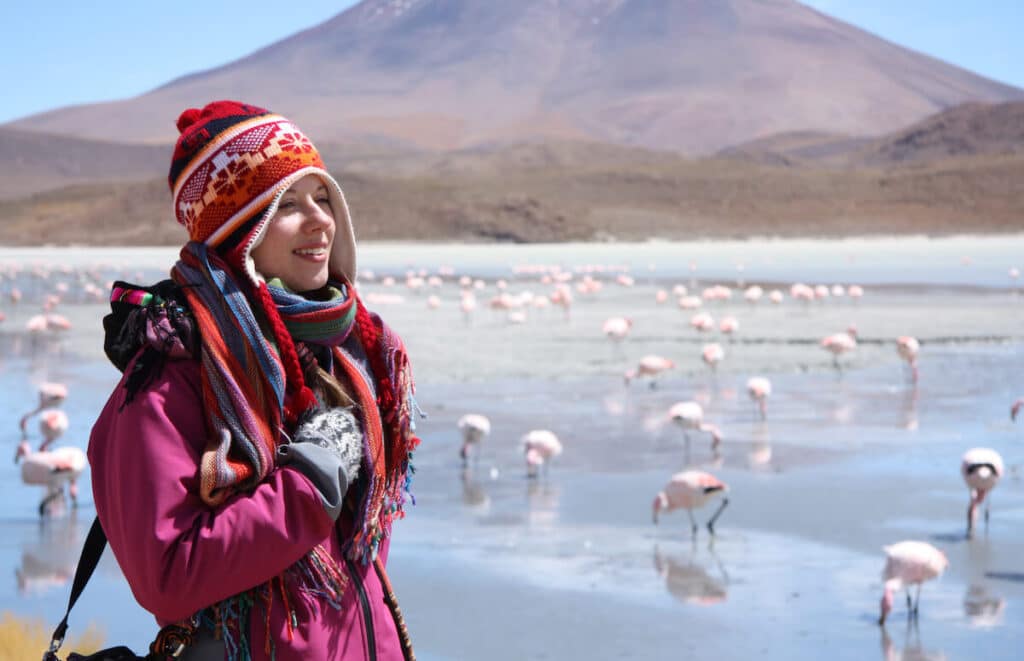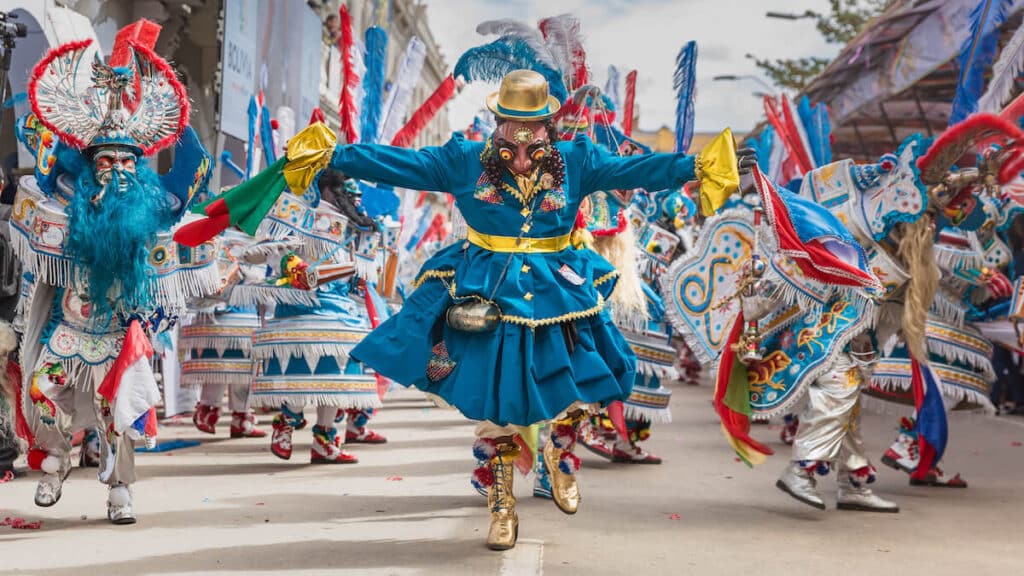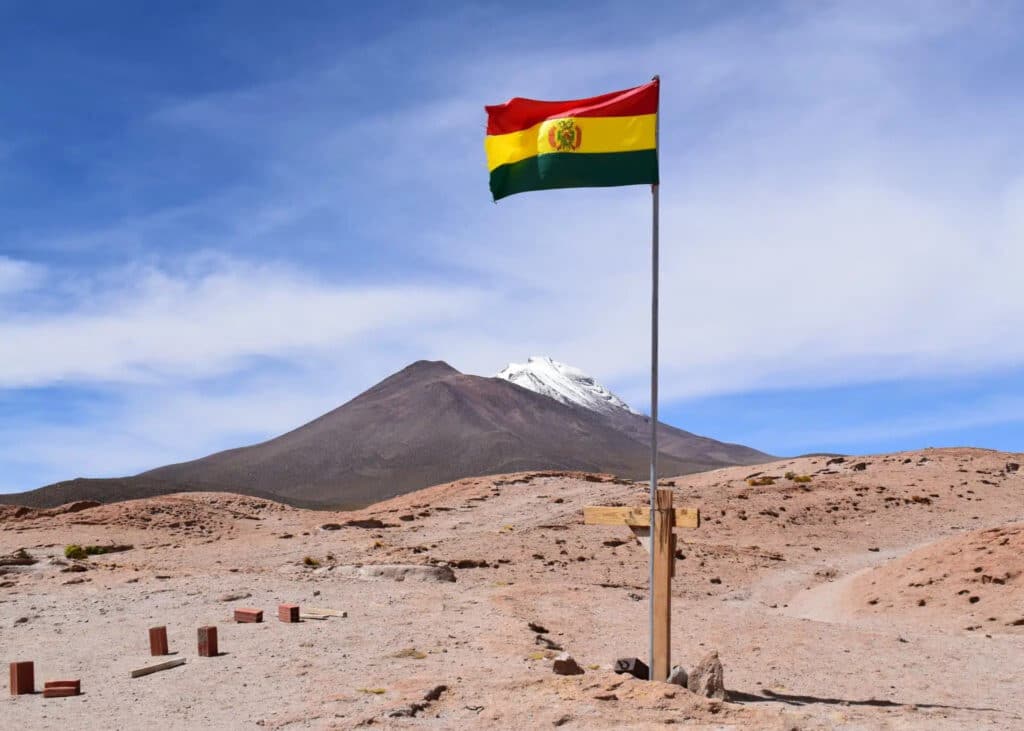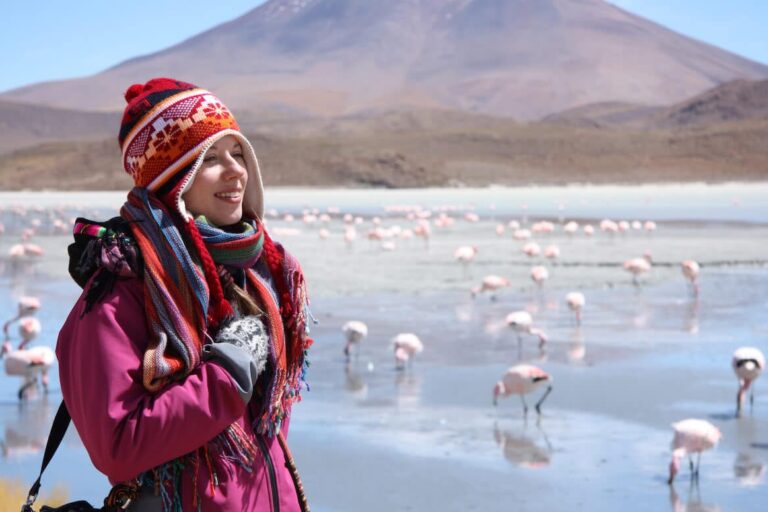If you are sending money home to Bolivia or planning to travel there, you may need to exchange currency and turn your USD, CAD, AUD, EUR, or GBP into Bolivian boliviano. This is fairly easy to do now with apps like Remitly that let you send money internationally from the comfort of your home — and handle the exchange into Bolivia currency for you.
For the current boliviano-to-dollar exchange rate, check out today’s rate with Remitly.
As you get ready to exchange or send money, here is everything you need to know about Bolivia’s national currency, the Bolivian boliviano.
What is the Bolivia currency?
The Bolivian boliviano (BOB) is the official currency of Bolivia. The symbol for the boliviano is “Bs.” The boliviano is subdivided into 100 centavos and is issued by the central bank of Bolivia, the Banco Central de Bolivia.
- Currency code: BOB
- Currency symbols: Bs for bolivianos and c. for centavos
Bolivia currency denominations

Currently, only the country’s central bank, the Banco Central de Bolivia (which literally translates to “the central bank of Bolivia”) can issue the Bolivian banknotes and Boliviano coins. As with other currencies, the Bolivia currency denominations have changed over time.
For example, in 2001, a bimetallic 5 boliviano coin replaced the 5 boliviano banknote.
Today you can find:
- Banknotes issued in the following denominations: Bs. 10, Bs. 20, Bs. 50, Bs. 100, and Bs. 200
- Boliviano coins issued in the following denominations: c. 10, c. 20, c. 50, Bs. 1, Bs. 2, and Bs. 5
7 Interesting Facts about the Bolivian Boliviano

1. The first boliviano dates back to the 1860s.
The currency used in Bolivia today is actually the second iteration of the boliviano. Boliviano was the name of the currency in Bolivia between 1864 and 1963. It was replaced due to rising inflation with the “peso boliviano.”
The current version of the boliviano was introduced in 1987.
2. The boliviano is a stable currency.
Since 2012, the central bank has been able to hold the boliviano’s foreign exchange value steady at 6.9 bolivianos per U.S. dollar.
During this time, the inflation rate in the country also steadied, hitting a low of 0.7% in 2021, the latest year for which data is available. The COVID-19 pandemic and geopolitics have led to higher rates of inflation in much of the world, but inflation rates in Bolivia dropped throughout this period.
3. Each boliviano denomination has a distinct color.
With the most recent issue of new boliviano banknotes in 2018, each note is a different color:
- Bs. 10 is blue.
- Bs. 20 is orange.
- Bs. 50 is purple.
- Bs. 100 is red.
- Bs. 200 is brown.
4. Boliviano banknotes feature prominent Bolivian figures.
The 2018 issue of Bolivia currency banknotes features prominent Bolivian figures and revolutionaries on the front and vignettes of the country’s landscape and cultural symbols on the back:
- Bs. 10 banknote: This one features Bolivian patriots José Santos “El Tambor” Vargas, Apiaguaiki Tumpa, and Eustaquio “El Moto” Méndez on the front and the Isla del Pescado in the Salar de Uyuni salt flat on the back, along with a hummingbird and the Queen of the Andes flowering plant.
- Bs. 20 banknote: It features Bolivian war heroes and revolutionaries Genoveva Ríos, Tomás Katari, and Pedro Ignacio Muiba on the front and a black caiman on the back.
- Bs. 50 banknote: This banknote features Bolivian revolutionaries José Manuel “Cañoto” Baca, Bruno Racua, and Pablo Zárate on the front and the Nevado Sajama volcano, the Andean flamingo, and the grain quinoa on the back.
- Bs. 100 banknote: It features Bolivian revolutionaries Juana Azurduy de Padilla, Alejo Calatayud, and Antonio José de Sucre on the front and the Arco Iris Waterfalls, native flora, and the Hyacinth Macaw on the back.
- Bs. 200 banknote: This features Túpac Katari, Bartolina Sisa, and Simón Bolivar on the front and the Tiwanaku historical site, native flora, and the endangered and traditionally sacred Andean Mountain Cat on the back.
5. Boliviano coins read, “Unity makes strength.”
Boliviano coins have unique inscriptions highlighting the history and principles of Bolivia. One side of the Boliviano coins has the inscription, “Unity makes strength,” while the other side of the coins has the coat of arms of Bolivia and the inscription, “Plurinational State of Bolivia.”
6. Boliviano bills are printed abroad.
Many countries with emerging economies choose to print and mint their currencies abroad, and Bolivia is no exception.
Although Bolivia minted a lot of the national currency during the colonial era due to its mineral deposits, the printing and coining of currency were later suspended in the country, as money could be produced abroad for a lower cost.
7. Bolivia is a cash-focused economy.
While tourist areas in Bolivia accept cards and online payments, most locals use Boliviano coins and banknotes for daily transactions. So while you will find plenty of ATMs and online payment options in the city centers, we recommend carrying the local currency in cash when you’re traveling to remote, less touristy spots in Bolivia.
About Bolivia

Bolivia is a landlocked country in South America bordering Brazil to its north and east, Peru and Chile to its west, and Argentina and Paraguay to its south. Bolivia shares Lake Titicaca, the second-largest lake in South America, with Peru.
Officially known as the Plurinational State of Bolivia, the country has a rich history and was once the seat of the ancient Tiwanaku empire. From the 15th to early 16th century, it was part of the Inca empire.
The constitutional capital is the historic city of Sucre, where the Supreme Court sits. The administrative capital is La Paz, where the executive and legislative branches operate.
Bolivia is home to over 12 million people. It has traditionally been seen as a highland country, although only one-third of its territory lies in the Andes Mountains.
Many of the country’s largest cities are located in the high plains and mountains, where they have historically attracted mining, commercial, and other business investments. The eastern lowlands have developed rapidly in the past century.
Bolivia, like many countries in Central and South America, consists of three main ethnic groups: indigenous people, mestizos (of mixed indigenous and European descent), and people of European descent (primarily from Spain). This blend of indigenous and Spanish influences is evident in everything from its music to its cuisine.
Over two-thirds of the country identifies as mestizo, with about 20% identifying as indigenous and 5% as white. The largest indigenous groups are the Aymara, Quechua, and Guarani. Spanish and 36 indigenous languages are the official languages in Bolivia. A majority of the population, around 76%, is Roman Catholic, with small proportions of other Christian sects.
Sending money to Bolivia
Have loved ones in Bolivia you want to send money to? Try Remitly.
Remitly makes international money transfers faster, easier, more transparent, and more affordable. Our reliable and easy-to-use mobile app is trusted by over 5 million people around the world.
Download the app today to get started.
